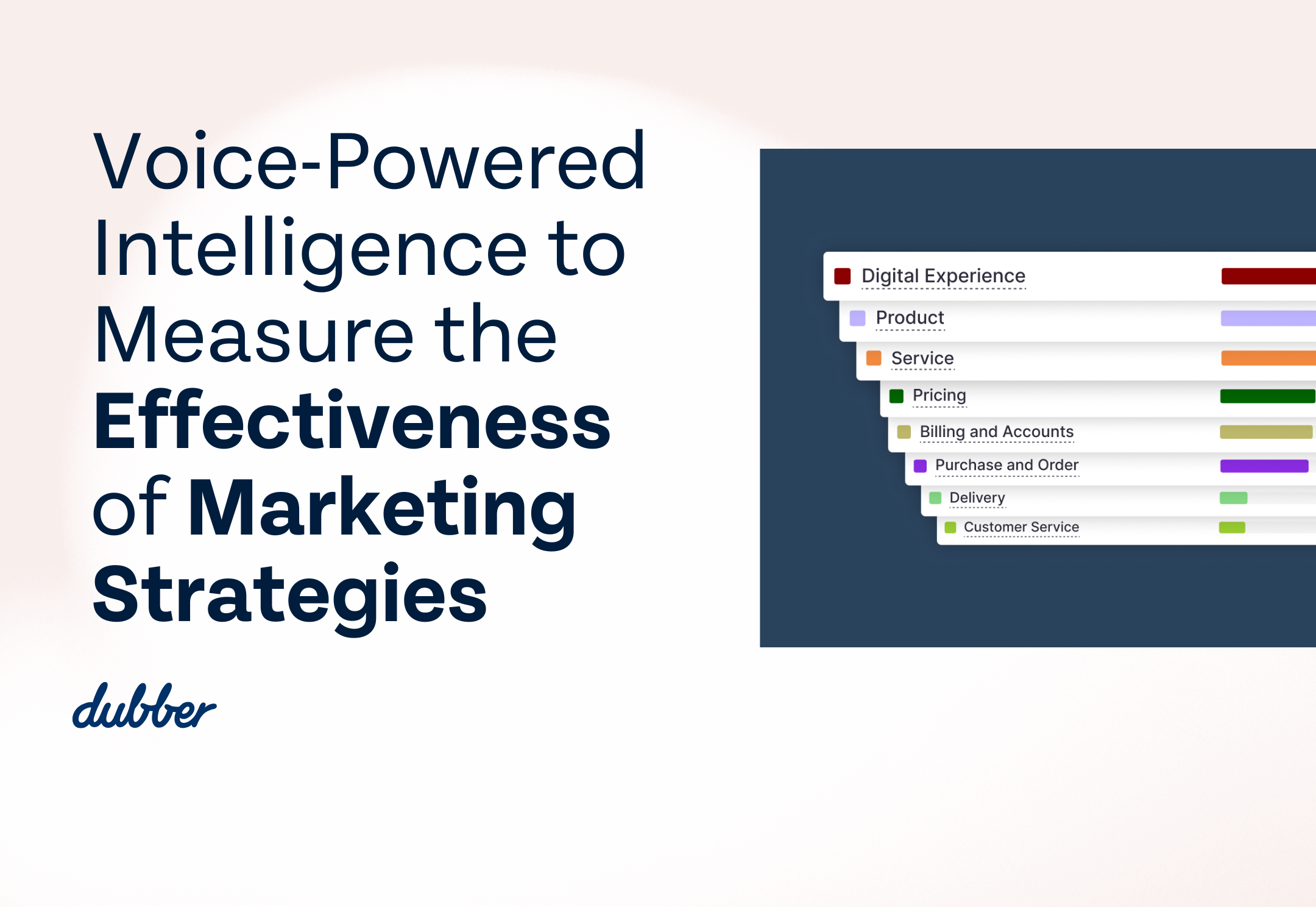
What is a SIP Trunk?
As the big telecom providers phase out traditional public switched telephone network (PSTN) functionality, businesses are looking for a modern solution to their telephony needs. A SIP trunk allows business telephone systems to operate using an internet connection rather than a traditional phone line. Session initiation protocol (SIP) is essentially a language that allows phones and other telephony devices to talk to each other. It is a standard communications protocol for initiating interactive multimedia sessions across a data network. This protocol is used for creating, modifying, and terminating sessions. A trunk is a line or connection that is able to transmit multiple signals simultaneously. A SIP trunk is able to combine data, voice, and video in one connection.
With Verizon planning to shut down its integrated services digital network (ISDN) in the USA and Germany also phasing out ISDN by 2018, and BT announcing that from 2020 ISDN and PSTN circuits will no longer be available to purchase, moving to an internet telephony service will soon be essential. Instead of traditional PSTN, calls operate through voice over internet protocol (VoIP) through one point of entry – the internet connection. SIP trunking occurs between a private domain, connected to your network, and the public domain, which is the responsibility of your internet telephony service provider (ITSP). This interconnection allows for VoIP and media streaming to take place.
A manual telephone switchboard.
Often there is no physical hardware required for a SIP trunk connection although, depending on how the trunk is presented, a private branch exchange (PBX) or session border controller (SBC) may be required. Installation uses a business’s existing internet connection, removing the need for traditional phone lines and the costs associated with maintaining them. As the telephony service is not bound to a physical phone line, you can easily move offices and keep your phone number.
Multiple phone lines can be replaced by one SIP trunk, which allows for scalability that can adapt to the growth of a company. VoIP is also more reliable than traditional phone lines as the quick and easy forwarding of calls to mobile phones provides insurance in case of system failures.
When looking at SIP trunking for your business, additional benefits such as number provision and call recording should be considered as well as cost. With SIP trunking, features such as multiple phone numbers and call forwarding that aren’t available through a traditional telephone line can be added easily.
SIPREC
Traditionally, call recording through PSTN captured voice conversations as audio files on the trunk side of a network infrastructure – the telco-facing portion on the outside of the internal phone system. Session initiation protocol recording (SIPREC) is a way of allowing calls to be recorded securely, without interception. SIPREC defines the architecture of call recording, including the call flows and metadata associated with it.
The internet engineering task force IETF has created a framework for SIPREC that identifies the two parties involved in call recording: the session recording client (SRC) and the session recording server (SRS). SIPREC occurs through the session border controller, which is a device that sits between businesses and their network provider. A SIP invite contains specific metadata for processing call recording that contains information about the call and participants.
Where traditional call recording would use hardware to tap into a dedicated line in order to capture the communications, no such equipment is required for SIPREC as the devices that handle the SIP trunk can also enable recording through SIPREC. Using SIP trunks enables SIPREC to be implemented quickly and easily, allowing a call recording solution such as Dubber to capture communications.

